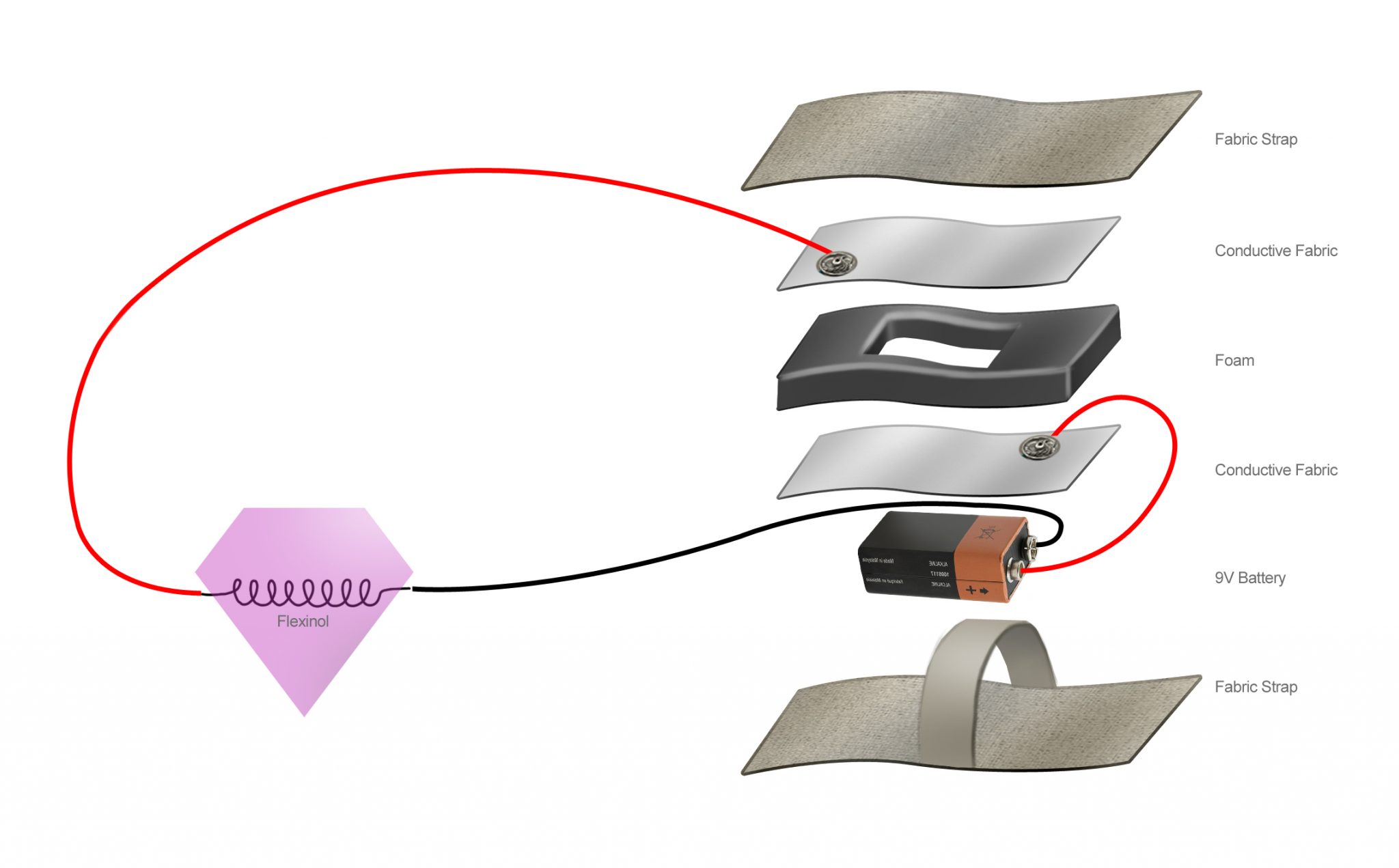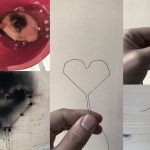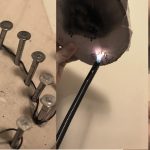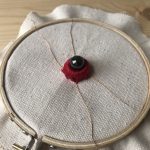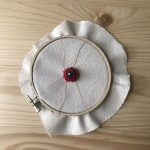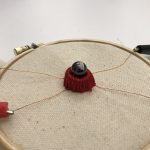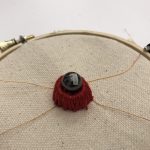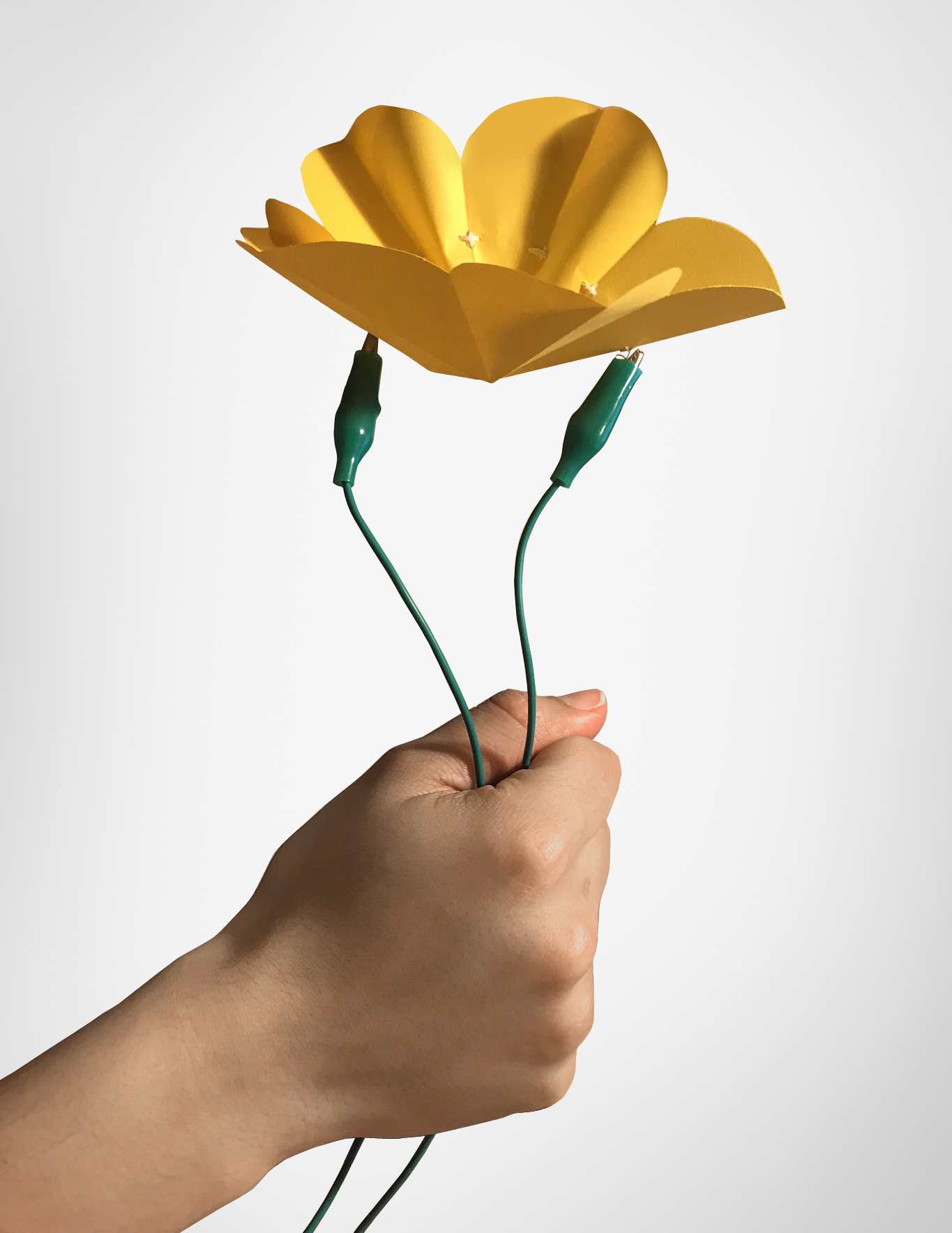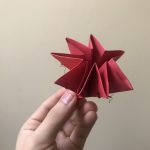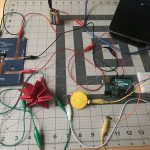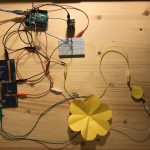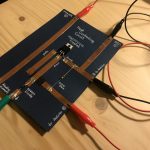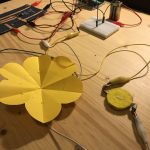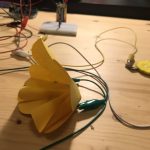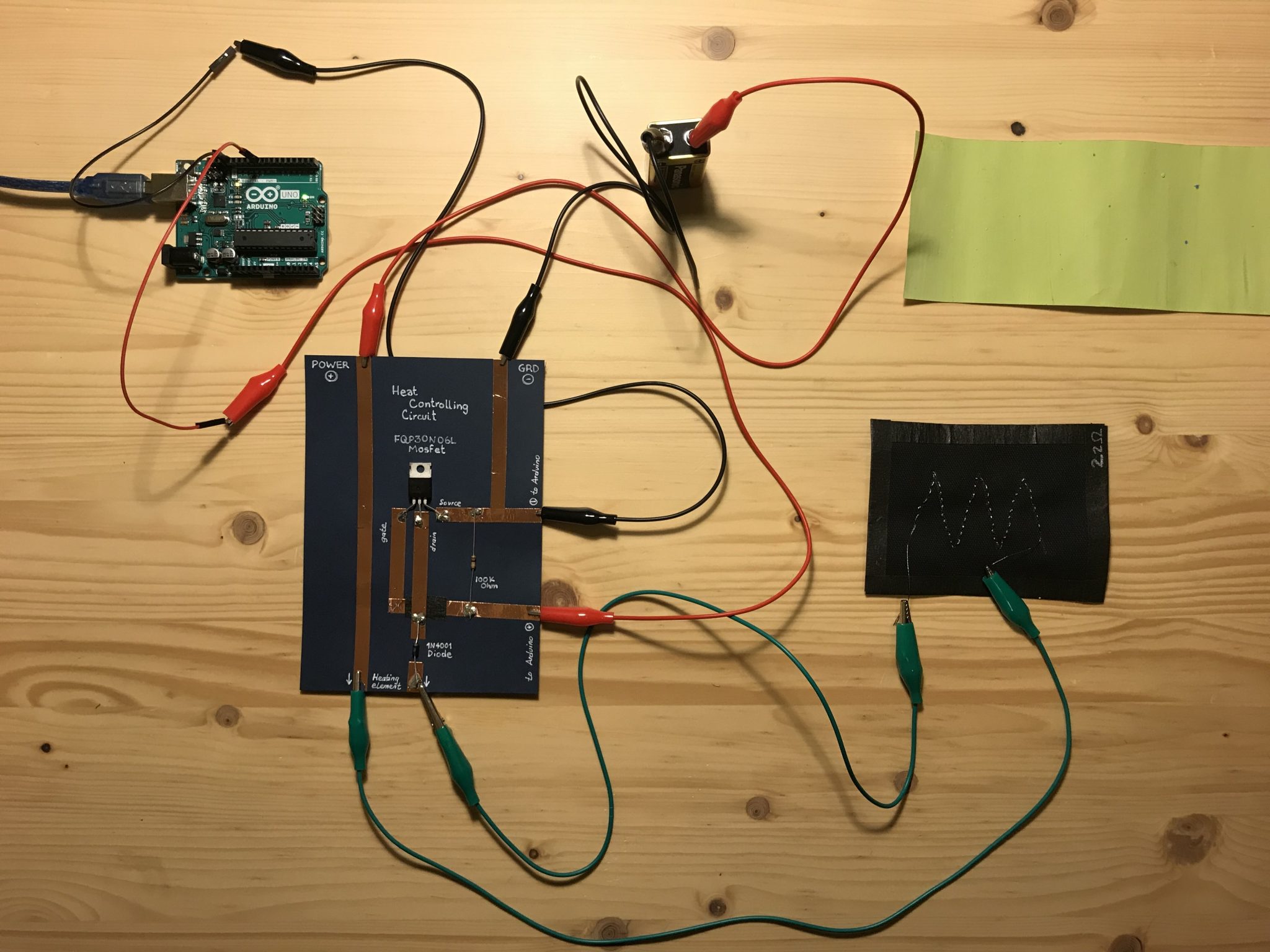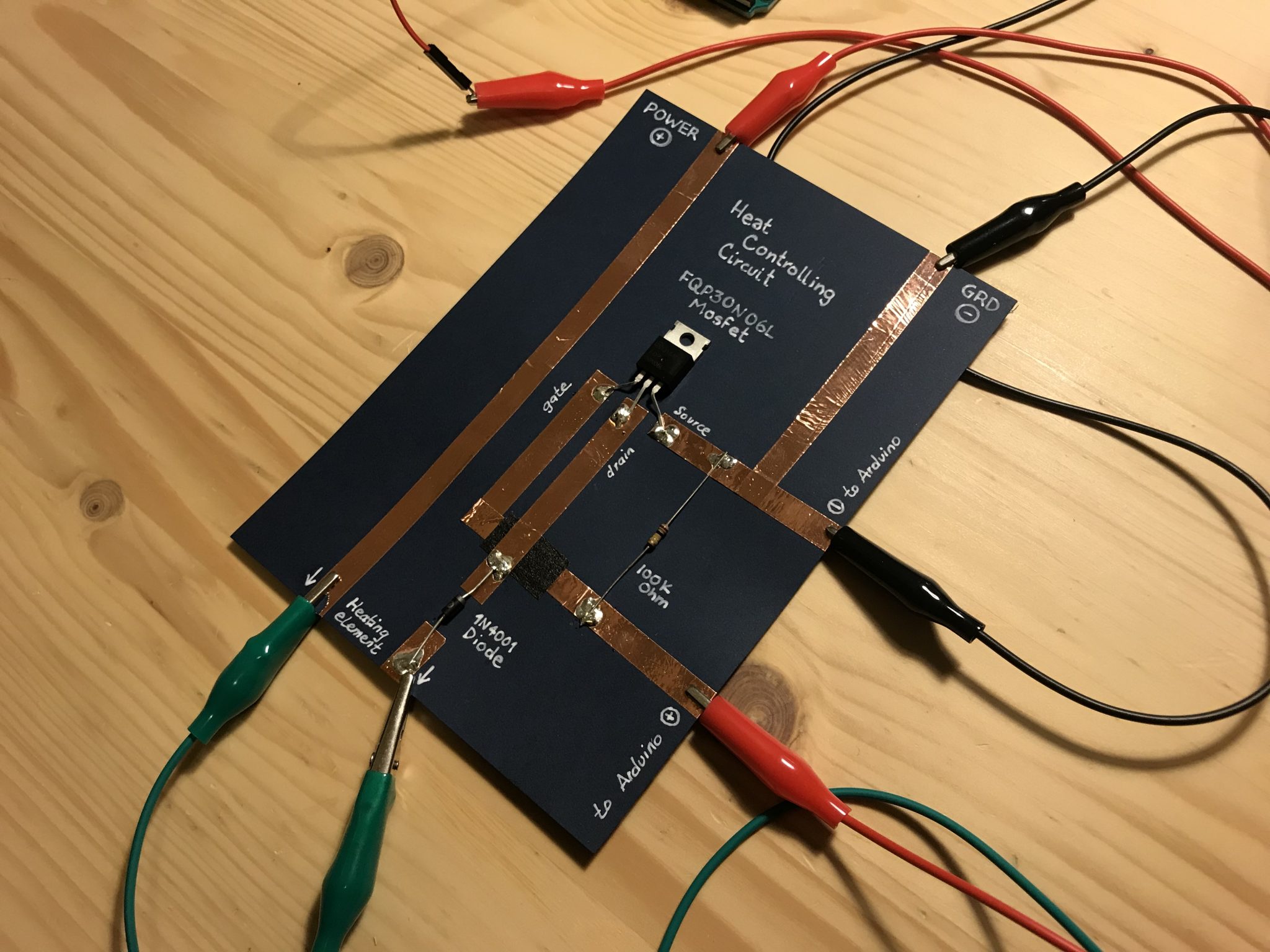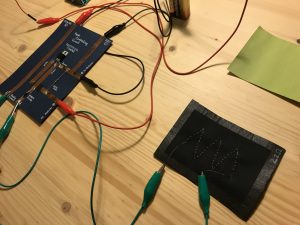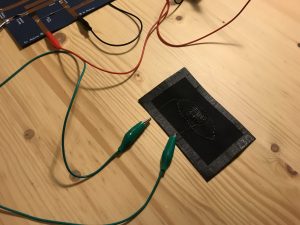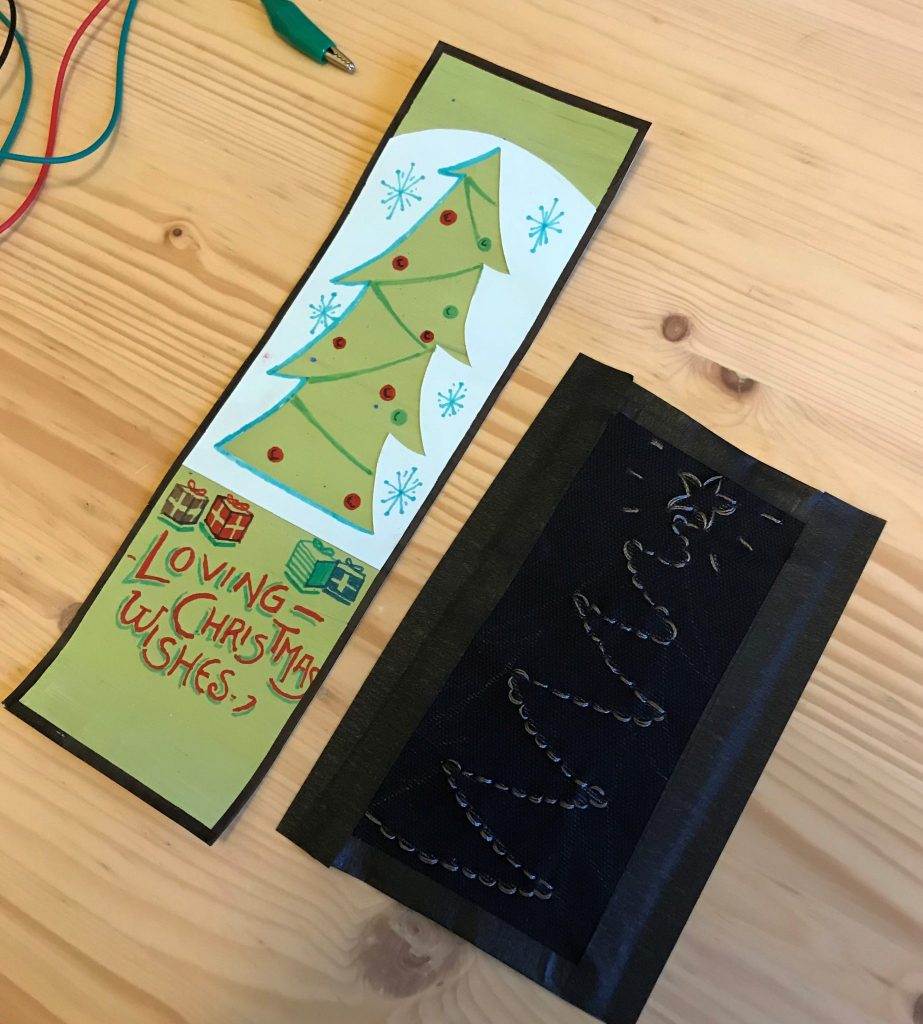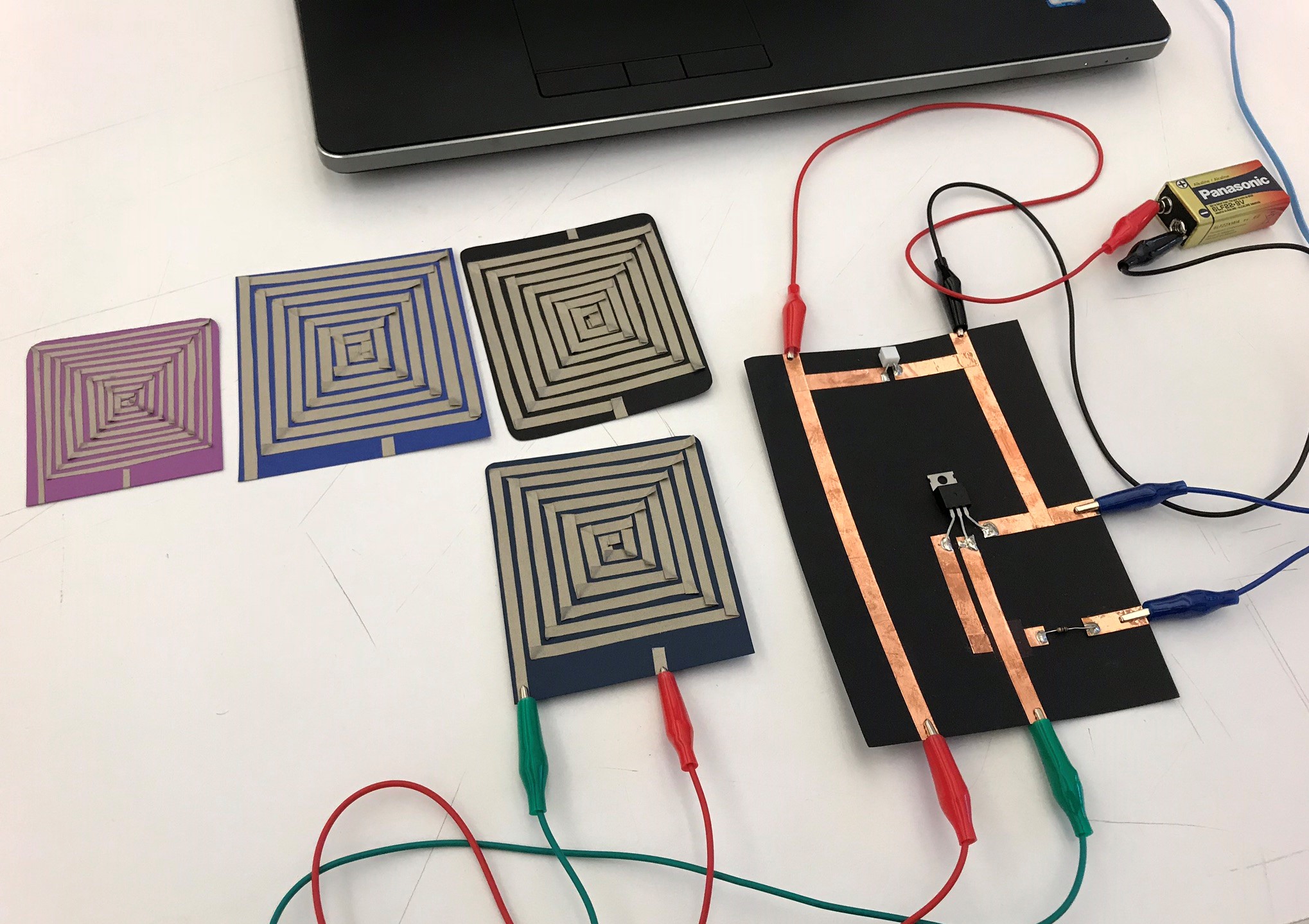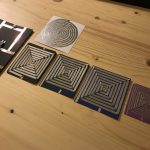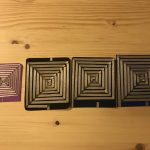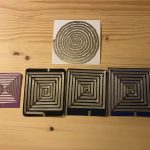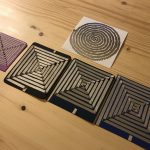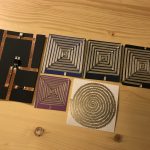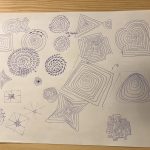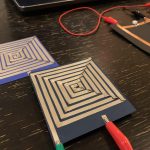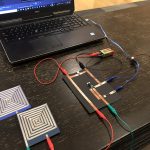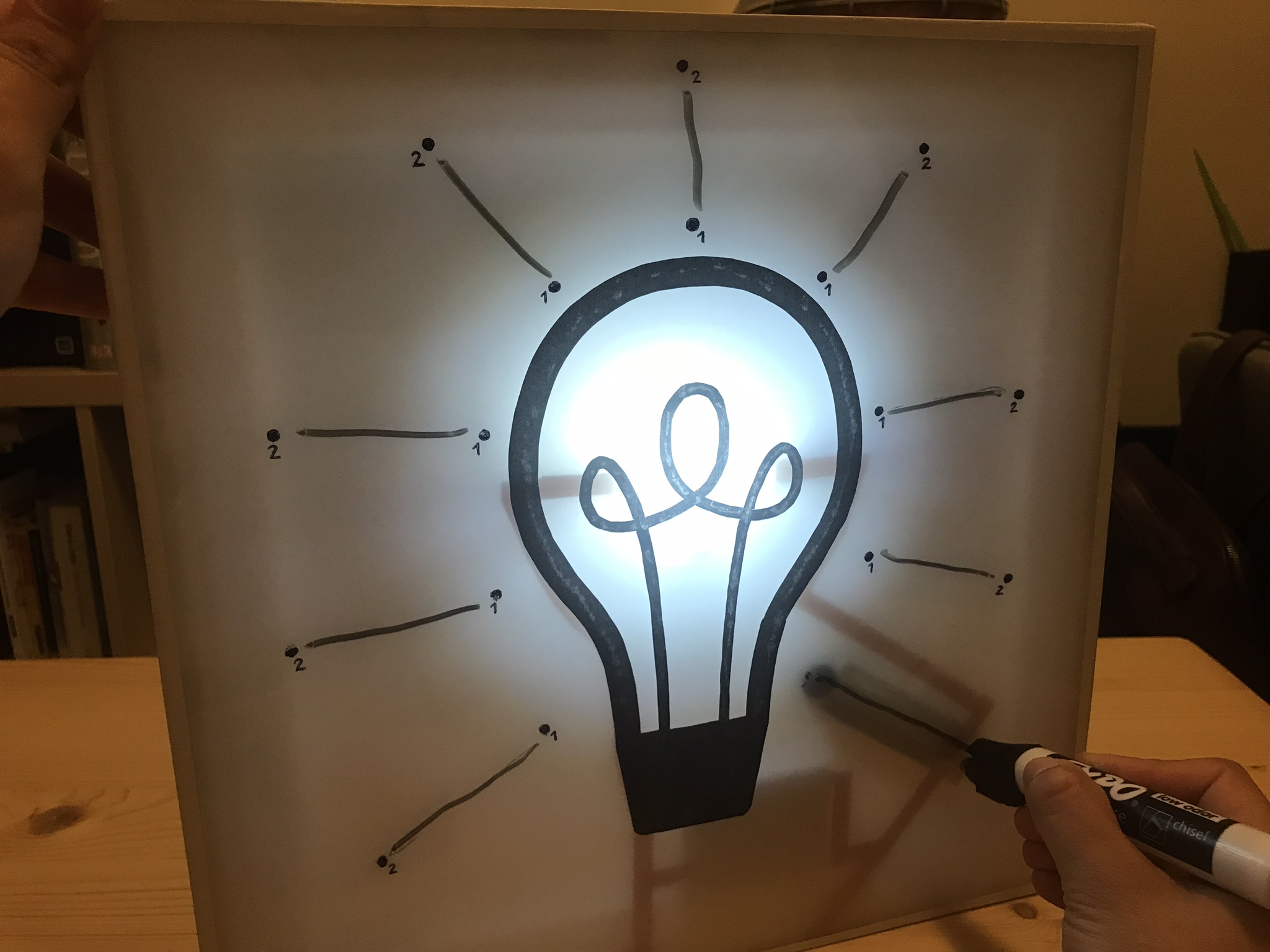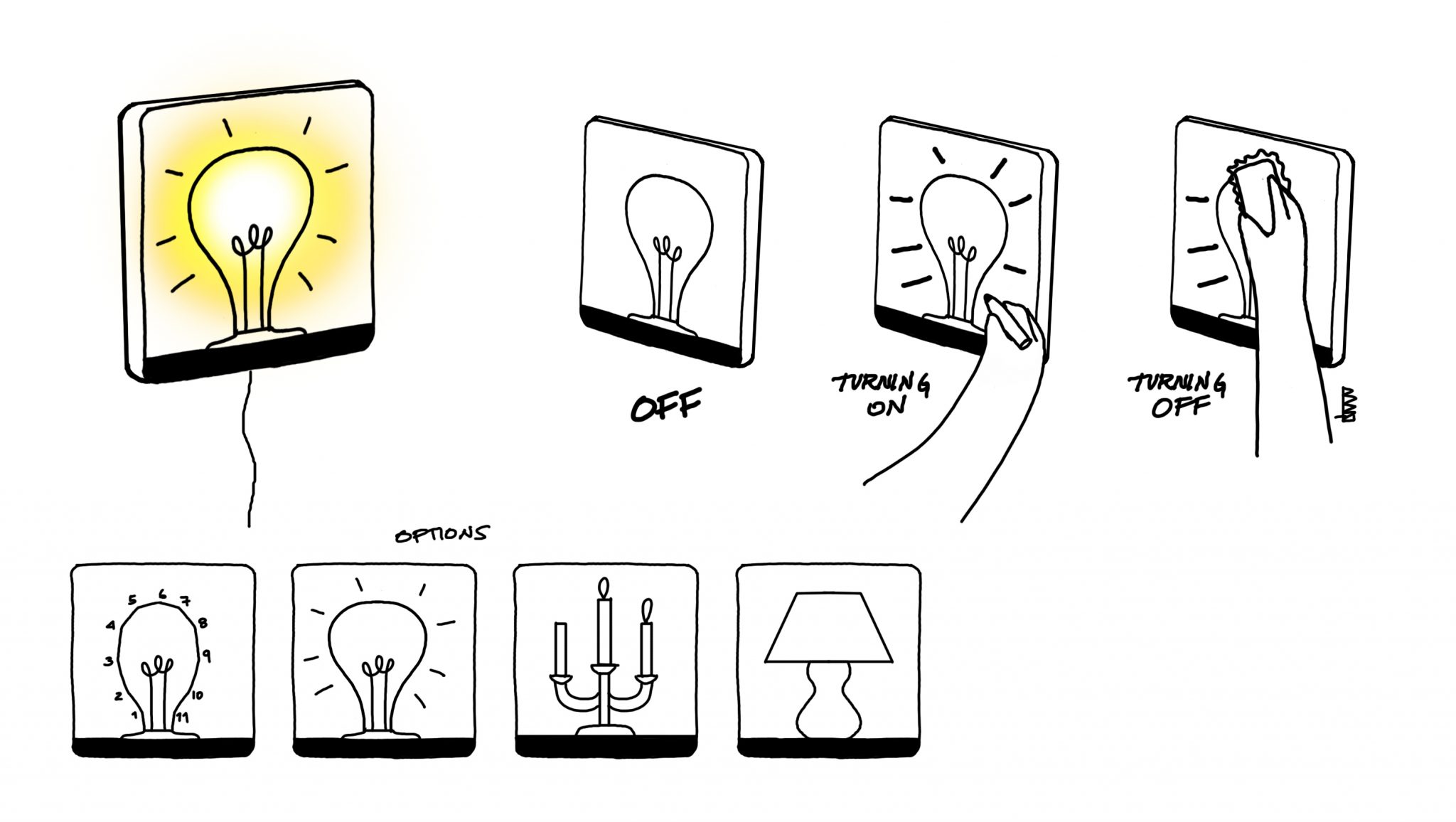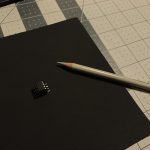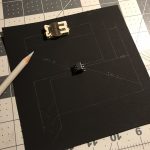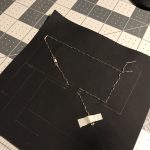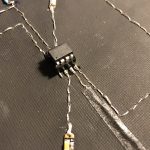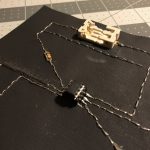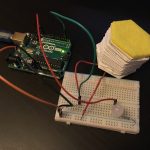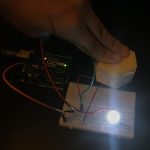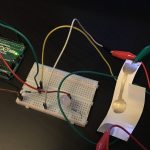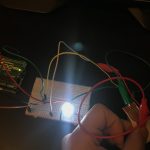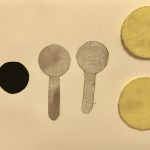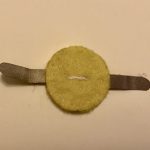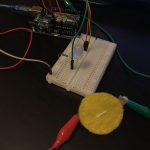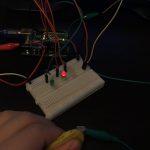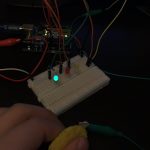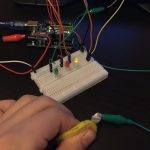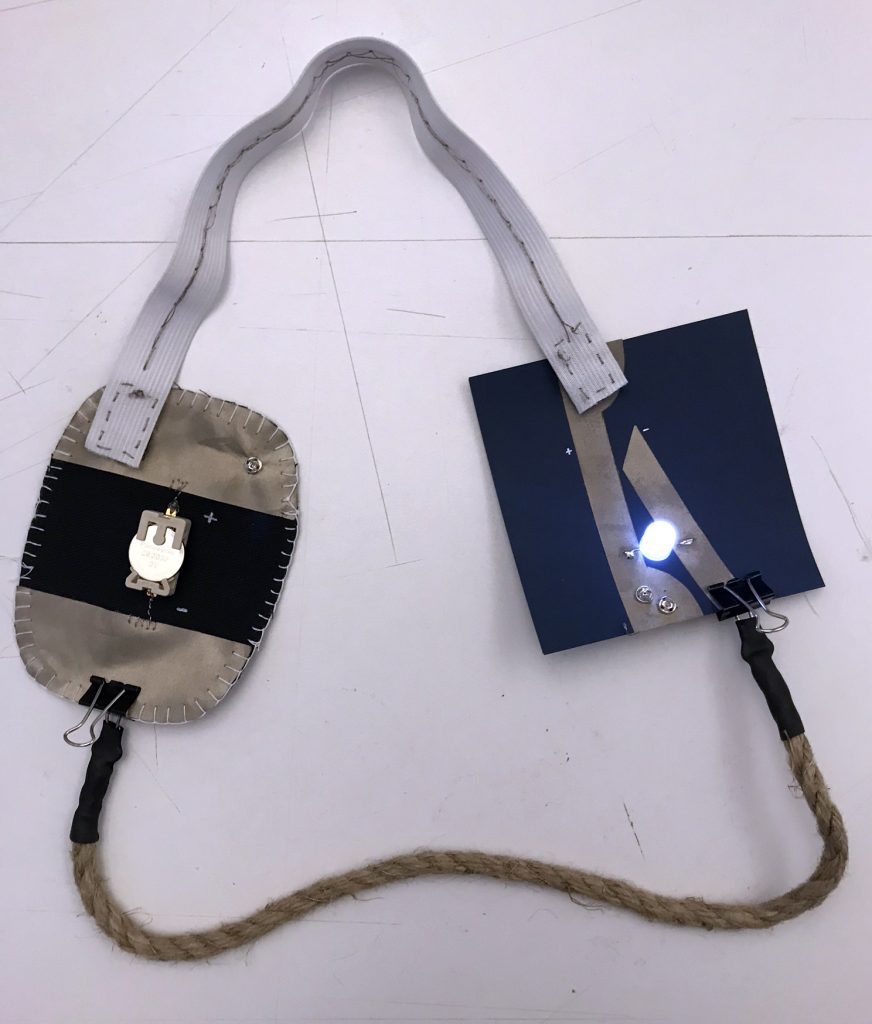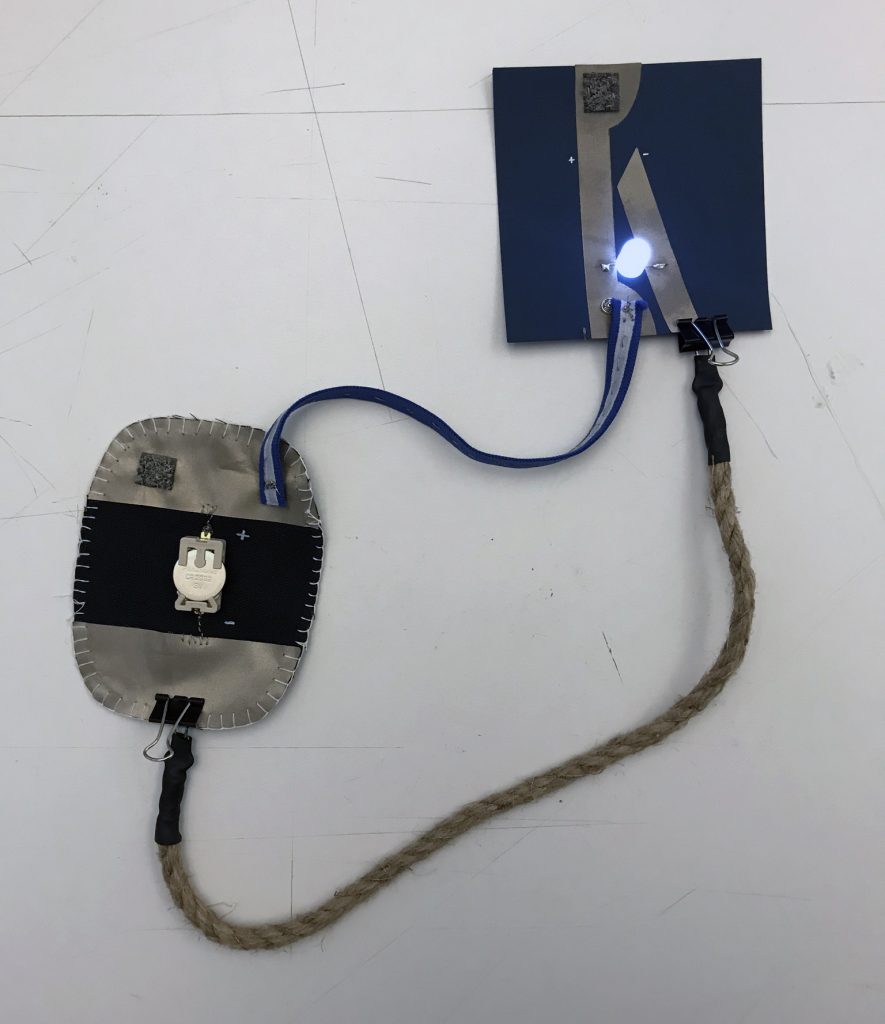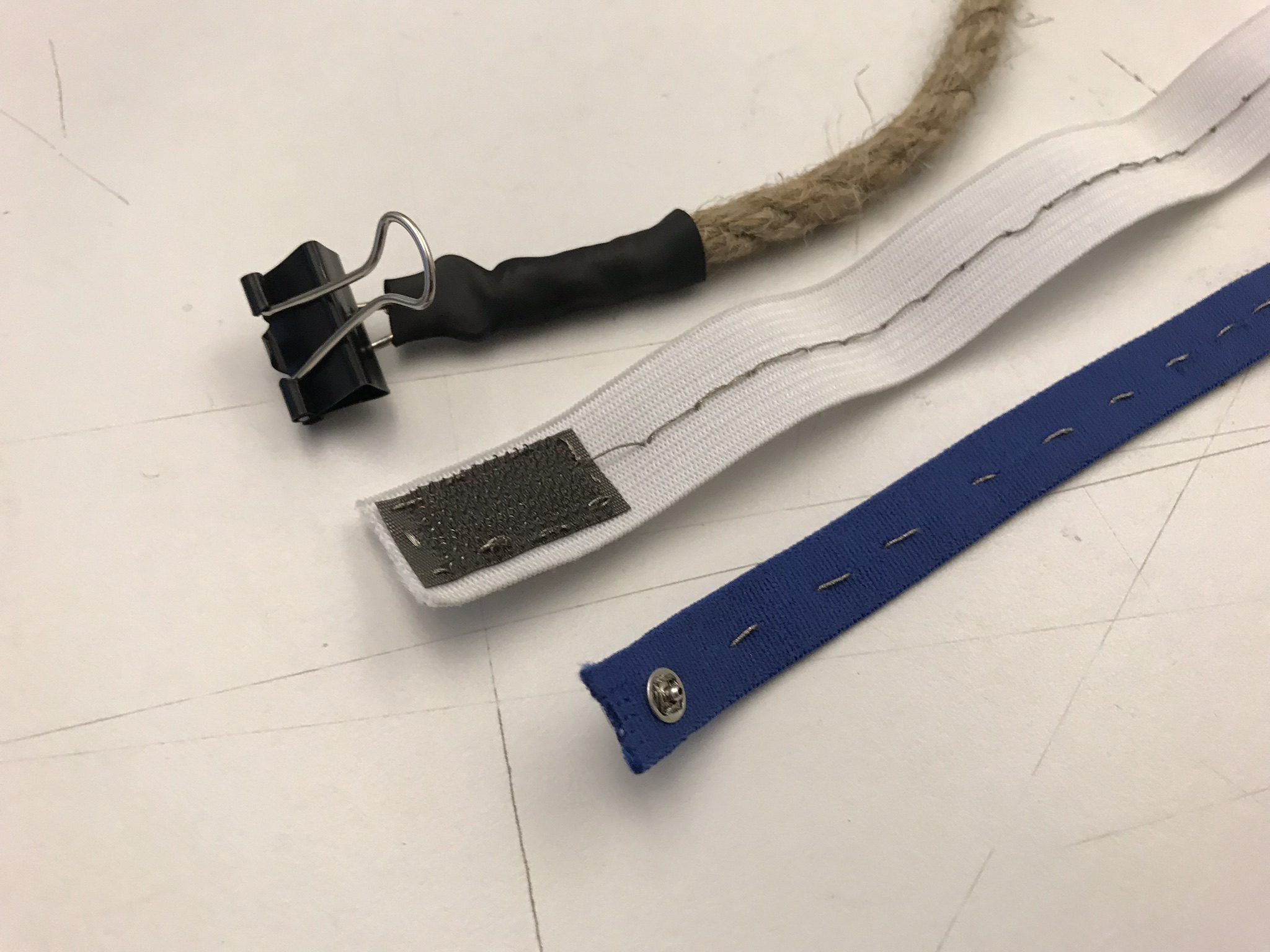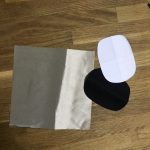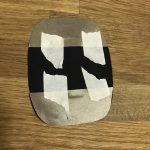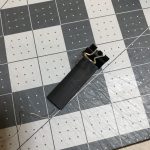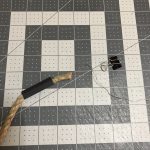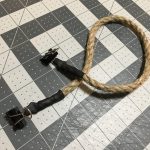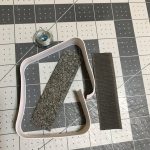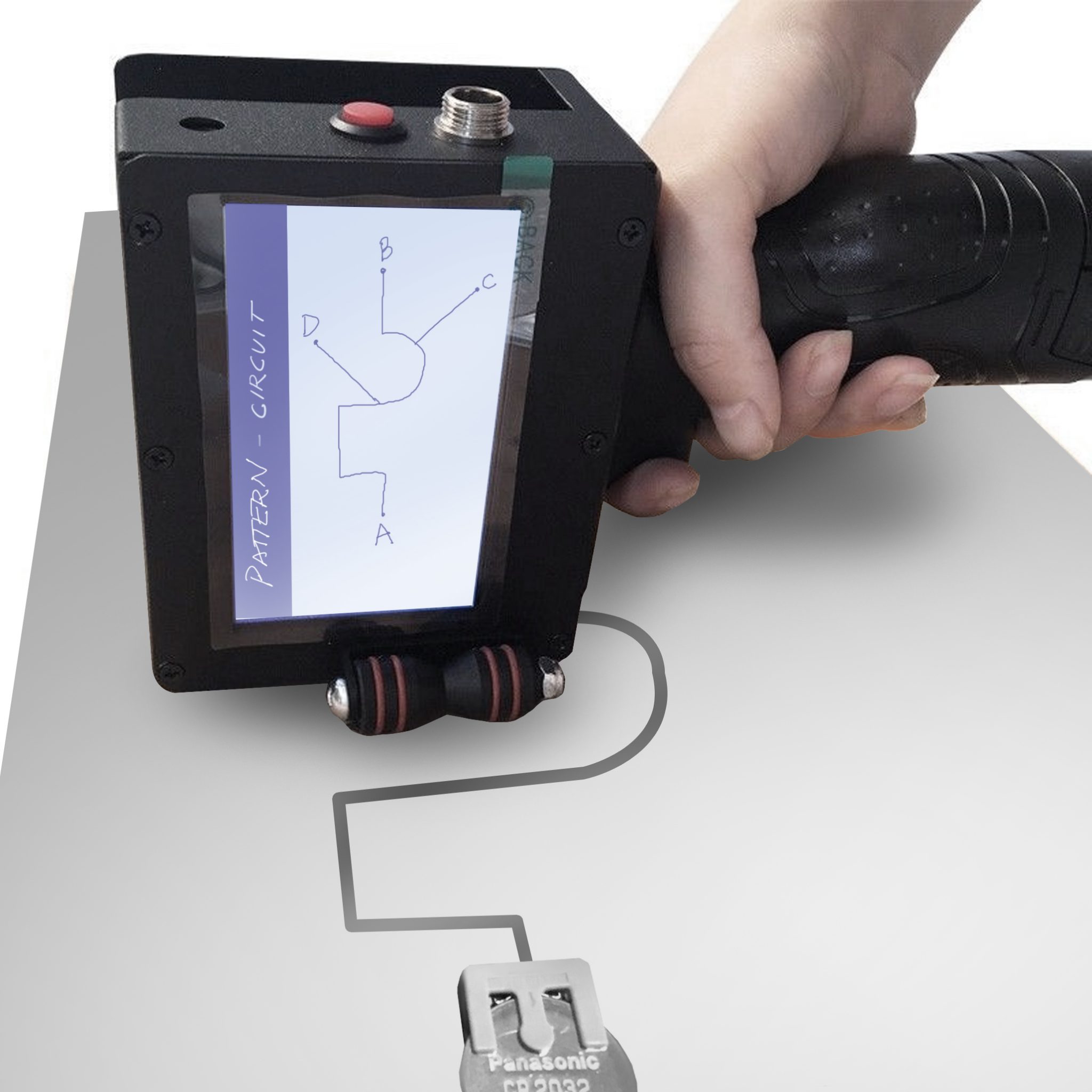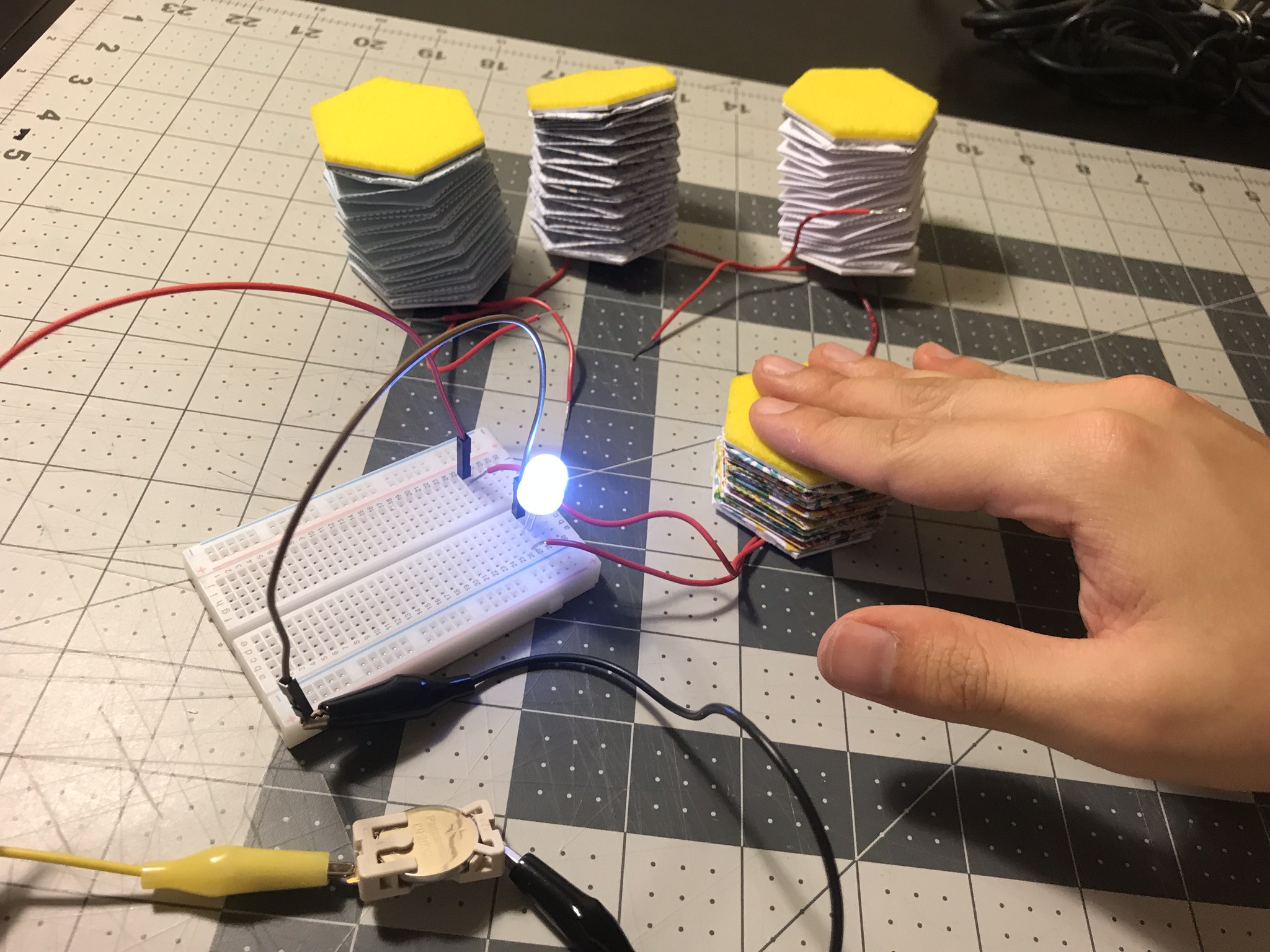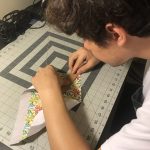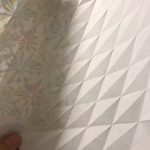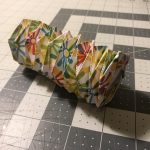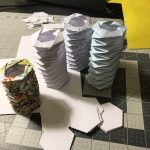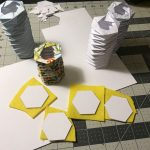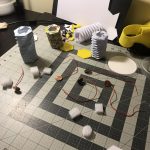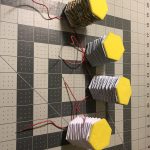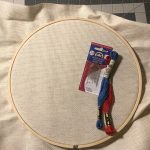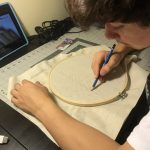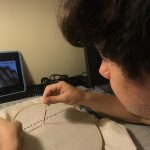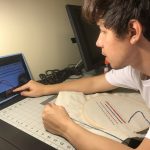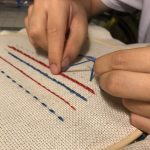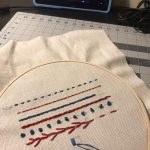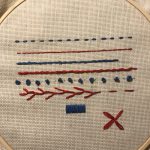(To see the process of building the necklace, please go to this link in Instructables)

The concept of this idea is supported by creating an object that hides messages, that are revealed by the act of time and curiosity. I believe artifacts should be mediums for playful and memorable experiences, where its attributes don’t scream for attention.
The object makes use of the iconic act of ‘hugging’ as a symbol of friendship, connection, bond and support, and also as the switch for the necklace to change state and shape, and to reveal a new message.
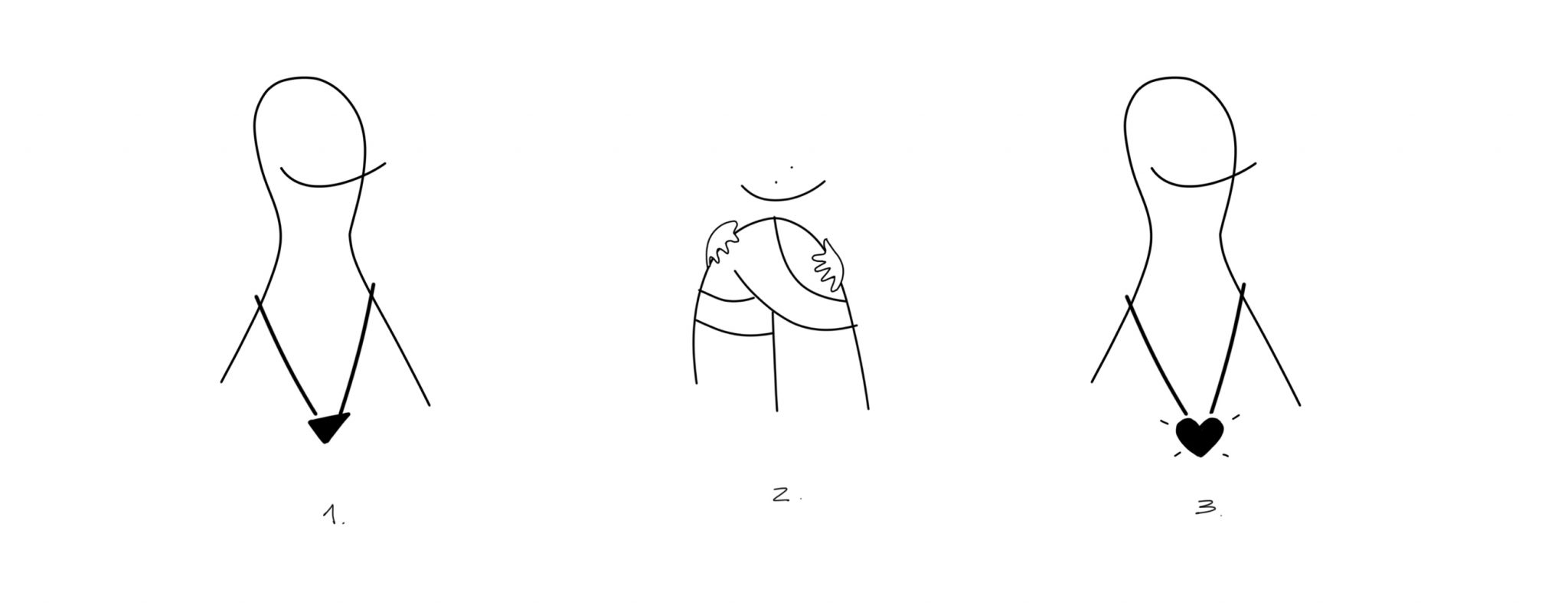
Two important precedents of Emotional Design: Invisible Love, a necklace I designed this year, is a unique and minimal piece of jewelry that highlights the relationship between light, shadow, and form; together these elements cleverly harmonize to create the iconic heart shape that reinforces the bonds between people like “the lassos of love”. This object aims to delve in “new links” that are revealed by the action of factors such as time, fortuity, surprise and curiosity, sustained and inspired by love.
As this necklace, this project aims to be a piece that embrace the communication of feelings by creating emotional bonds between people. The intention is to let people create unique values and meanings that extend the symbolic, functional and formal life of the object.
Another object that inspires this project is Camila’s Hug, a salt and pepper shakers designed by Alberto Mantilla. An object inspired by the love for his daughter, which holds symbols of racial and gender equity through the use of the ‘hug’ as a symbol.

The necklace went through several tests and experiments. First, I decided to use trained flexinol around a cloth bag, which it’s contracted when current passes through the wire, taking the form of a heart-shaped wooden piece that is located in the center of the chain.
Continuing with the experiments with trained flexinol, I tried having a cleaner shape by placing the wire inside a rubber tube, whose volume contains living hinges. The idea was that the rod could take the shape of a heart when the wire was activated by heat. Unfortunately, the flexinol coils while is contracting, making the rod also follow this behavior, and impossible for it to take the shape of the heart.
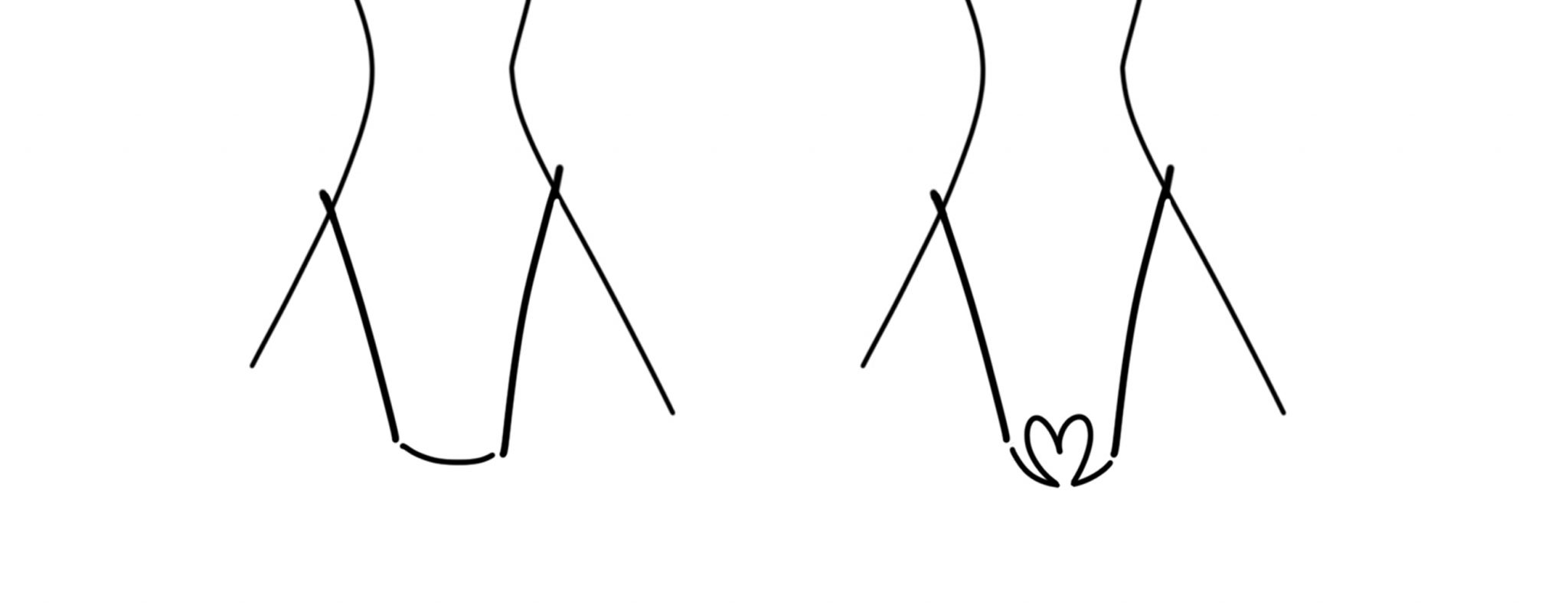


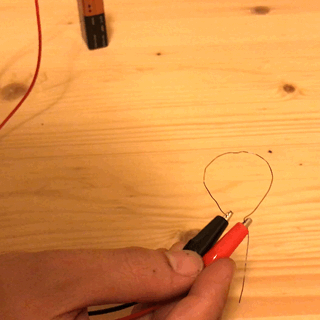
Many tests were also done with untrained flexinol. As in the previous experiment, I wanted to have a pure and clean shape at the start, and then changing the shape by activating the wire with heat. Many interesting learnings resulted from this experiment. I used a 0.012 “diameter flexinol wire that you can get here, which must be activated with 1.5Amps, a considerable amount of current. The wire must be programmed to take the desired shape. Here are some pictures of the process:
To create the necklace, this is the circuit scheme I designed:
